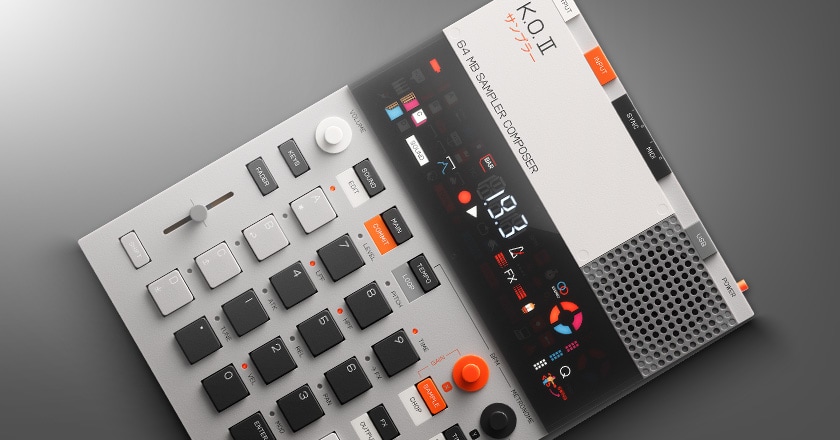Teenage Engineering's EP-133 K.O. II carves a distinct path in the world of beat samplers. While the Akai MPC series remains a titan of the genre, the K.O. II offers a refreshingly stripped-down experience that prioritizes immediate creation over complex sequencing.
This isn't to say the K.O. II lacks features entirely. Drawing inspiration from the early MPC models, it boasts a robust sampling engine, a grid of pressure-sensitive pads, and a smattering of effects processors. However, the K.O. II eschews the menu-heavy interfaces and extensive sequencing capabilities that define modern MPCs.
Instead, the K.O. II champions a workflow built around immediacy. Samples are effortlessly captured and chopped, ready for triggering on the responsive pads. The numeric keypad-style layout may seem unconventional at first, but it fosters a tactile, hands-on approach that feels more akin to playing an instrument than programming a beat.
This focus on immediacy extends to the effects section. Unlike its competitors that require meticulous tweaking, the K.O. II's effects are triggered with a single button press in combination with a pad. This encourages experimentation and serendipitous sonic discoveries, perfectly complimenting the K.O. II's creative philosophy.
However, the K.O. II's strengths are also its weaknesses. The streamlined interface, while lauded for its ease of use, comes at the cost of deeper editing capabilities. The limited amount of RAM restricts the complexity of your creations, and the lack of a traditional sequencer hinders the creation of lengthy, intricate song structures.
Those accustomed to the power and flexibility of MPCs might find the K.O. II frustratingly limited. But for producers seeking a no-frills, hands-on beat-making experience, the K.O. II offers a compelling alternative. Its focus on immediacy and its intuitive workflow make it perfect for beginners or seasoned beatmakers seeking a spark of inspiration. The K.O. II may not dethrone the MPC, but it establishes itself as a unique and potent tool within the beat sampling landscape.
